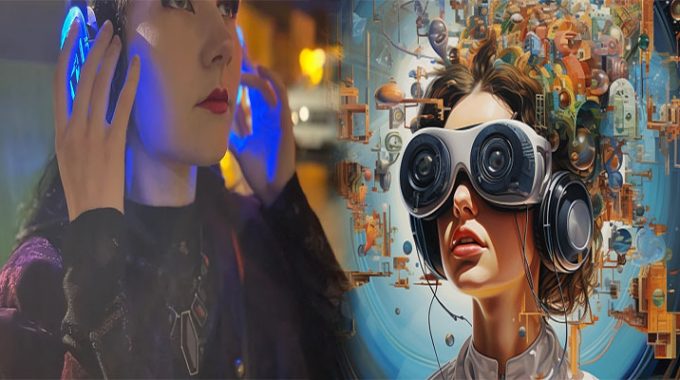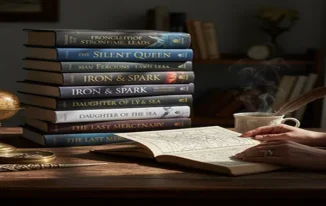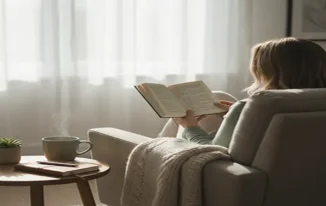Literature has long been a source of inspiration for artists, providing a rich tapestry of narratives, characters, and themes that fuel creative expression and artistic interpretation. Female artists, in particular, have been at the forefront of incorporating literary themes into their work, infusing their art with depth, meaning, and a unique storytelling quality that resonates with viewers on a profound level. By drawing from the rich well of literary traditions and narratives, these female artists elevate their work to a new dimension, inviting audiences to explore the intricate connections between words and images, stories and visualizations. Let us delve into the world of female artists who skillfully weave literary themes into their artwork, creating a mesmerizing fusion of literature and art that captivates and inspires.
1. Frida Kahlo:
- The iconic Mexican artist Frida Kahlo is renowned for her deeply personal and emotive paintings that draw inspiration from her tumultuous life experiences. Kahlo often incorporated elements of magical realism and symbolism in her work, mirroring the dream-like quality and emotional intensity found in literature. Her self-portraits, such as “The Broken Column” and “The Two Fridas,” are imbued with literary themes of identity, duality, and inner struggles, inviting viewers to delve into the depths of her psyche and unravel the complexities of her inner world.
2. Kara Walker:
- American artist Kara Walker is celebrated for her powerful and provocative artwork that explores themes of race, gender, and social injustice. Drawing on the narratives of African American history and literature, Walker creates intricate silhouetted figures and tableaus that challenge stereotypes, confront historical traumas, and reimagine the complexities of the Black experience. Her works, such as “A Subtlety” and “Gone: An Historical Romance of Civil War,” engage with literary themes of memory, storytelling, and resistance, inviting viewers to confront uncomfortable truths and reckon with the enduring legacy of colonialism and slavery.
3. Kehinde Wiley:
- Renowned for his vibrant and dynamic portraits that challenge traditional notions of power, race, and representation, artist Kehinde Wiley often draws inspiration from classical literature and art history in his work. By reimagining iconic paintings and sculptures with contemporary Black subjects in heroic poses, Wiley infuses his artwork with a sense of grandeur, elegance, and subversion. His series “The World Stage” and “An Economy of Grace” engage with themes of identity, beauty, and cultural appropriation, inviting viewers to reconsider the narratives and archetypes that shape our understanding of history and contemporary society.
4. Judy Chicago:
- Pioneering feminist artist Judy Chicago is renowned for her groundbreaking installation piece “The Dinner Party,” which celebrates the achievements and contributions of women throughout history. Drawing on literary, historical, and mythological themes, Chicago creates a monumental homage to female creativity, resilience, and empowerment, featuring stylized place settings dedicated to iconic female figures such as Virginia Woolf, Georgia O’Keeffe, and Sojourner Truth. Through her immersive and collaborative artwork, Chicago bridges the gap between literature and visual art, highlighting the enduring legacy of female voices and narratives in shaping our cultural landscape.
5. Yayoi Kusama:
- Japanese artist Yayoi Kusama is known for her mesmerizing and immersive installations that explore themes of infinity, repetition, and the cosmic universe. Drawing on her experiences with mental illness and trauma, Kusama creates artwork that blurs the boundaries between reality and fiction, inviting viewers to surrender to the kaleidoscopic world of her imagination. Her series “Infinity Mirrors” and “Pumpkin” engage with literary themes of obsession, transcendence, and self-discovery, inviting viewers to reflect on the profound interconnectedness of art, literature, and the human experience.
Female artists who incorporate literary themes into their work create a powerful and evocative dialogue between words and images, stories and visualizations. By drawing inspiration from the multifaceted realms of literature, these artists infuse their artwork with depth, symbolism, and narrative richness, inviting viewers to engage with complex themes, emotions, and ideas that transcend time and space. Through their innovative and boundary-pushing creations, these female artists challenge, provoke, and inspire, leaving a lasting legacy of artistic excellence that celebrates the enduring power of storytelling and visual expression.












